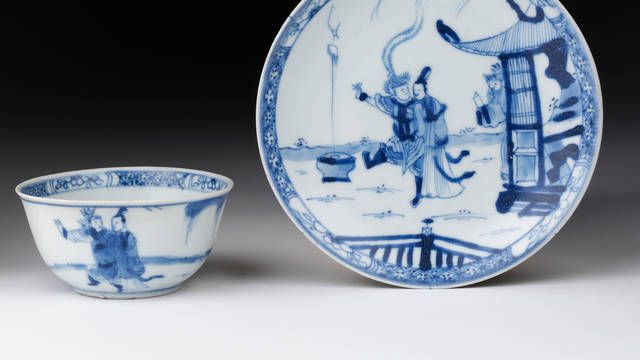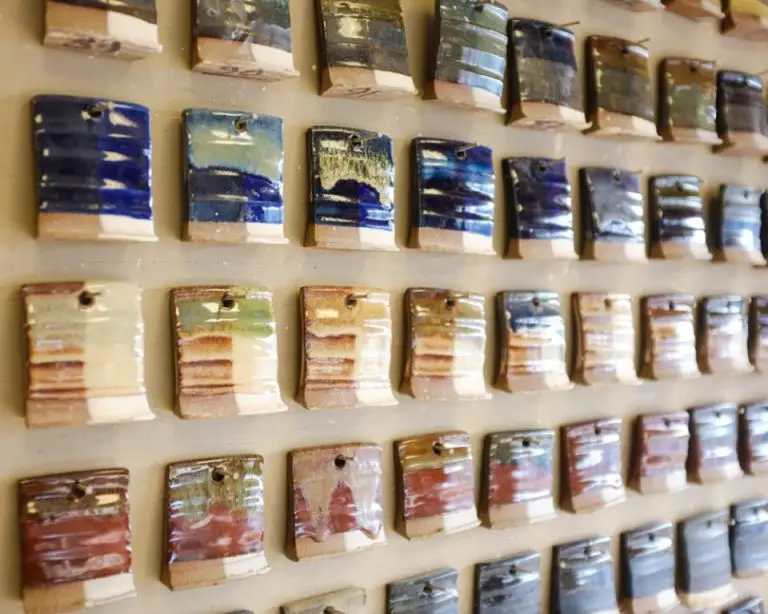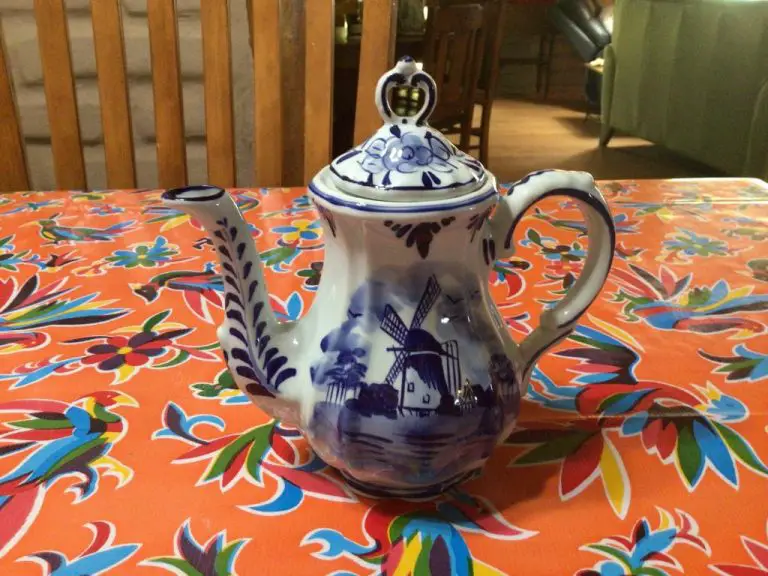Can You Get Clay On The Island Ark?
Clay is an extremely useful resource in Ark: Survival Evolved. It can be used to craft items like adobe structures, tranq darts, and recipes at the cooking pot. Having a steady supply of clay is important for tribe progression and building more advanced items.
Some of the main uses of clay in Ark include:
- Crafting tranq darts and shocking darts for taming creatures.
- Making adobe building structures and greenhouses.
- Cooking recipes like focal chili, lazarus chowder, and calien soup at the cooking pot.
- Creating clay jars to preserve meat and other spoilable resources.
Obtaining a good stockpile of clay early on can give tribes a boost in progressing and utilizing some of Ark’s more advanced items. This guide will cover where to find clay deposits, the best methods for harvesting and transporting clay, and tips for setting up an efficient clay farming operation.
Where to Find Clay Deposits
Clay deposits can be found across the Island map of Ark. Here are some of the main locations to look:
- Along the southern coastline, especially near Herbivore Island, are rich clay deposits.
- The peninsula near 50 lat, 60 lon contains plentiful clay rocks.
- High up in the snowy mountains from 30 lat to 50 lat are clay deposits.
- Scattered small clay rocks can be found in the redwood forests.
- Along the eastern coast south of the frozen fang peak are some clay spawns.
- The canyon leading to the blue obelisk has many clay nodes.
When searching for clay, look for the large dark brown rocky nodes along coastlines, rivers, mountains, and forests. Equip a metal pickaxe to efficiently harvest the clay. With some exploration across the map, you’ll locate abundant clay deposits for farming.
Harvesting Clay
One of the easiest ways to harvest clay is by using a pickaxe. Metal pickaxes like the stone pickaxe or metal pickaxe work best for quickly gathering large amounts of clay. Equip your pickaxe and approach a clay deposit. Using your primary attack (left click on PC), start swinging your pickaxe at the deposit to break off clay resources. Each swing will break off a clay rock that can be collected. Continue attacking the deposit until it is depleted of resources.
Pickaxes allow you to harvest clay faster than using your hands or dino harvesting. This makes them ideal for players who need to mass farm clay for structures, items, dye, etc. As you level up your Melee damage stat, you can increase the amount of clay harvested per swing. Higher tier pickaxes also yield more clay per swing. For the fastest clay harvesting, use a high level character and quality metal pickaxe.
Some tips when harvesting clay with a pickaxe:
- Target larger clay deposits for maximum yield.
- Create a clay harvesting route to easily move between nodes.
- Repair your pickaxe when needed to maintain speed.
- Level up Melee damage for greater yields.
- Clear creature spawns around deposits for safe farming.
With a metal pickaxe equipped, gathering clay is straightforward. Take time to amass large quantities before transporting it back to your base. Then use the clay for crafting dyes, structures, items, and more.
Crafting With Clay
Clay is an extremely useful resource in Ark for crafting various structures, tools, and items. Once you have a steady supply of clay, you can start using it to craft:
Adobe Structures – Adobe is a key structure building material that is resistant to damage. With enough clay, you can build adobe foundations, walls, ceilings, ramps, and more to create a secure base.
Ceramics – Clay can be used at the pottery table to craft useful ceramic jars and jugs for storing water, oil, and other resources. Larger ceramic vats are also craftable at the pottery table for storing greater quantities.
Refining Forge – A key crafting station, the refining forge requires a significant amount of clay, cementing paste, and other resources to build. Having clay on hand makes constructing a refining forge much easier.
Desert Cloth Gear – At the refining forge, clay can be combined with fiber to produce desert cloth, which is used to craft desert-appropriate armor including desert goggles, desert robes, desert boots, and desert bandannas.
Potions – Advanced potions including the Enduro stew and Focal Chili require clay as an ingredient. Having a clay surplus makes crafting these high level recipes easier.
With a steady clay supply, you’ll be able to craft and build many important items to progress in Ark. Make sure to stockpile any excess clay you gather for future crafting needs.
Taming a Doedicurus
The Doedicurus is an armored mammal found on the Island that rolls into a ball for protection. Taming a Doedicurus can provide you with an excellent source of clay, stone, and other resources. Here are some tips for taming your own Doedicurus:
Stats: Doedicurus have a good amount of health and melee damage. They also have a damage resistance thanks to their plated armor. Focus on leveling up health and melee damage after taming.
Preferred Food: Doedicurus prefer Vegetables or Crops to tame. Carrots, Longrass, Citronal and Rockarrot work best. Be sure to have plenty available before attempting a tame.
Strategies: Doedicurus will curl into a ball when hit, becoming immobile. Use this to your advantage by shooting it with tranq darts or arrows until it passes out. Keep it uncurled to feed it faster. Build a pen to contain it once unconscious. Taming can take 30-60 minutes depending on level.
Using a Doedicurus to Farm Clay
One of the most efficient ways to farm large quantities of clay is by using a tamed Doedicurus. The Doedicurus is a heavily armored mammal found on the Island that can roll up into a ball and smash into rocks and clay deposits, yielding substantial amounts of resources.
When leveling up a Doedicurus, focus your points on Melee Damage. Higher melee damage will allow your Doedicurus to extract more clay per hit. With a powerful Doedicurus, you can easily gather thousands of clay in an hour.
The Doedicurus has a carry weight-reducing buff when you ride it, allowing it to transport higher quantities of clay at a time before needing to offload into storage. Its rolling ability also lets you swiftly traverse to different clay deposits across the map.
Having one or more high-level Doedicurus dedicated to clay harvesting will greatly accelerate your clay and adobe collecting efforts. Maintain a stock of Sweet Vegetable Cake to keep your Doedicurus healed and fed during longer farming sessions.
Transporting Clay
Once you’ve harvested a good amount of clay, you’ll need to transport it back to your base or crafting station. There are a few options for moving large quantities of clay efficiently:
Carrying Clay
You can carry clay in your inventory, but the weight will quickly slow you down. Clay is quite heavy, so carrying more than one or two stacks will drain your stamina. Using items like the Canteen or Waterskin can help offset some of that weight.
Backpacks from the upgrade bench can boost your carry weight as well. The refrigerated preserving bin is also handy for transporting large clay hauls back to base.
Using Dinos to Transport
The best method for moving clay is to use your tamed dinosaurs. Good options include:
- Argentavis – Has high weight and can carry you plus clay.
- Quetzal – Massive carry capacity for transporting clay by air.
- Mammoth – Strong ground mount good for transport over land.
- Castoroides – Decent weight and can carry clay by water.
- Direbear – Has solid weight and good land speed when encumbered.
Load up your dino with as much clay as it can hold, then use it to efficiently take the clay back to your base or crafting site. This saves considerable time compared to carrying clay yourself.
Storing Clay
Once you have harvested and transported your clay back to base, you will need to store it properly to preserve its quality and usability. One of the best methods for storing clay long-term is by refrigerating it.
Refrigerators provide an ideal environment for keeping clay workable and preventing it from drying out. The cool temperatures help slow the drying process substantially compared to leaving clay at room temperature. Just be sure to store the clay in an airtight container or plastic wrap inside the refrigerator.
Clay can be refrigerated for several weeks or even months before needing to be used. Over time, some moisture loss will still occur, so you may need to rehydrate the clay slightly before using it again. Keep an eye on the condition of the clay and rewet it as needed.
Refrigeration allows you to stockpile large quantities of clay to always have some on hand when you are ready to craft pottery, sculptures, bricks, or other items. Just take out the clay as needed and let it come to room temperature before working with it.
Clay Farming Tips
There are several useful tips players should be mindful of to maximize clay farming efficiency and avoid losing clay to spoilage:
-
Build your clay farming operation near a water source for easy irrigation of crops to maintain crop plot fertilizer levels.
-
Store excess clay in preserving bins, refrigerators, or cryofridges to increase spoil times and avoid losing farmed clay to rotting.
-
Transfer clay from harvesting dinosaurs to storage quickly to avoid the harvested clay spoiling in the dinosaur’s inventory.
-
Use fertilizer to increase crop growth speed and allow more frequent clay harvesting.
-
Plant crops in large crop plot greenhouses and irrigate them with pipes and taps to easily maintain fertilization and accelerate plant growth.
-
Build near clay deposits so your Doedicurus can easily access clay to restock when needed.
Following these tips will help ARK players maximize their clay farming efficiency, yield, and avoid unnecessary losses of this valuable resource to spoilage.
Conclusion
Clay is an extremely useful resource in Ark that can be obtained and farmed in a variety of ways. Here’s a summary of the key points:
– Clay deposits can be found across the Island map, often along cliffs, mountainsides, and riverbanks. Look for light gray rock patches to harvest clay.
– Using a metal pick, hatchet, or dinosaur like a Doedicurus will yield a lot of clay very quickly. Ankylos, Therizinos, and Golems also work well.
– Craft clay into adobe pieces at a refining forge to build sturdy, defensive structures. Use it for plant pots, lamps, pipes, and dyes too.
– Taming a Doedicurus, leveling up its melee damage, and taking it to clay deposits is an excellent way to mass farm clay efficiently.
– Carry clay in bulk on dinosaurs, store it in vaults near your base, and remember clay won’t spoil over time. Establish a good clay farming route to maintain a steady supply.
With smart harvesting, transport, storage, and tamed dinosaur assistance, you’ll have more than enough clay supplies for all your building and crafting needs on the Ark.



